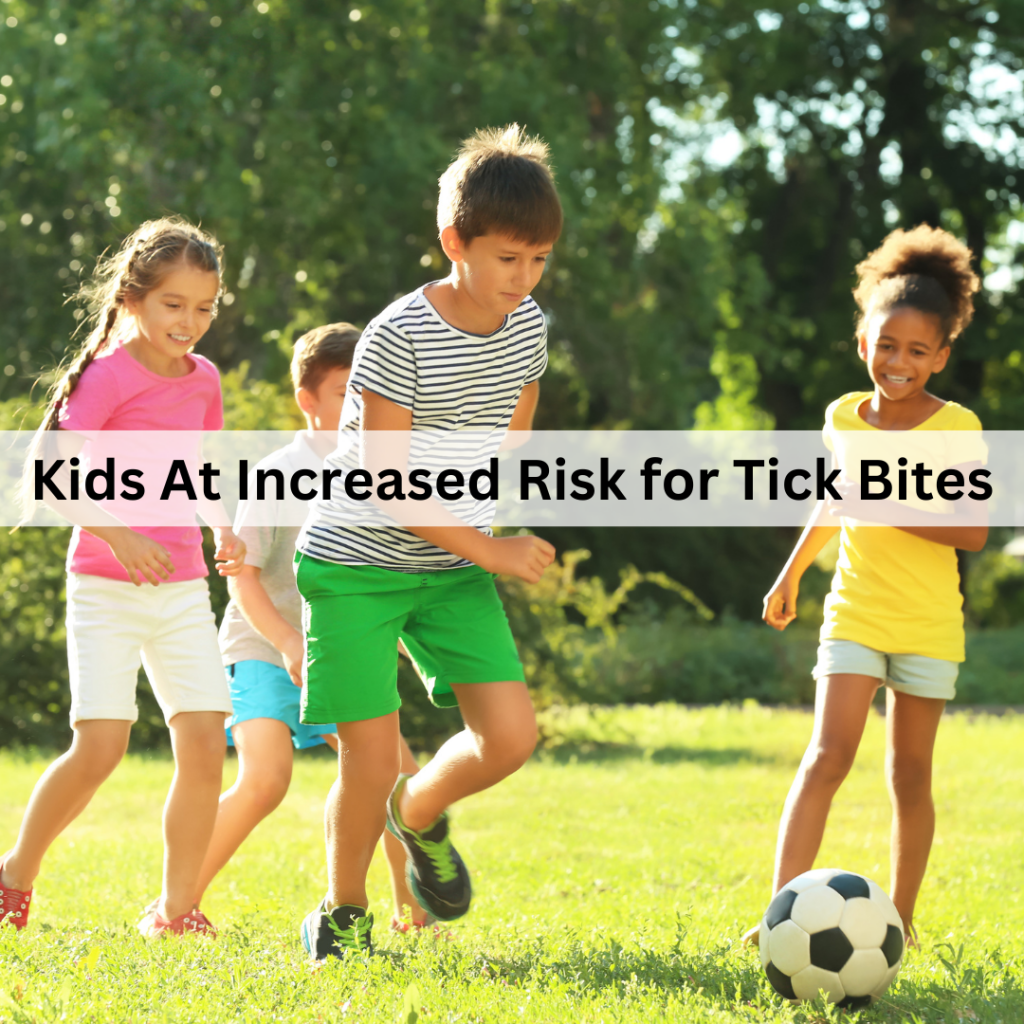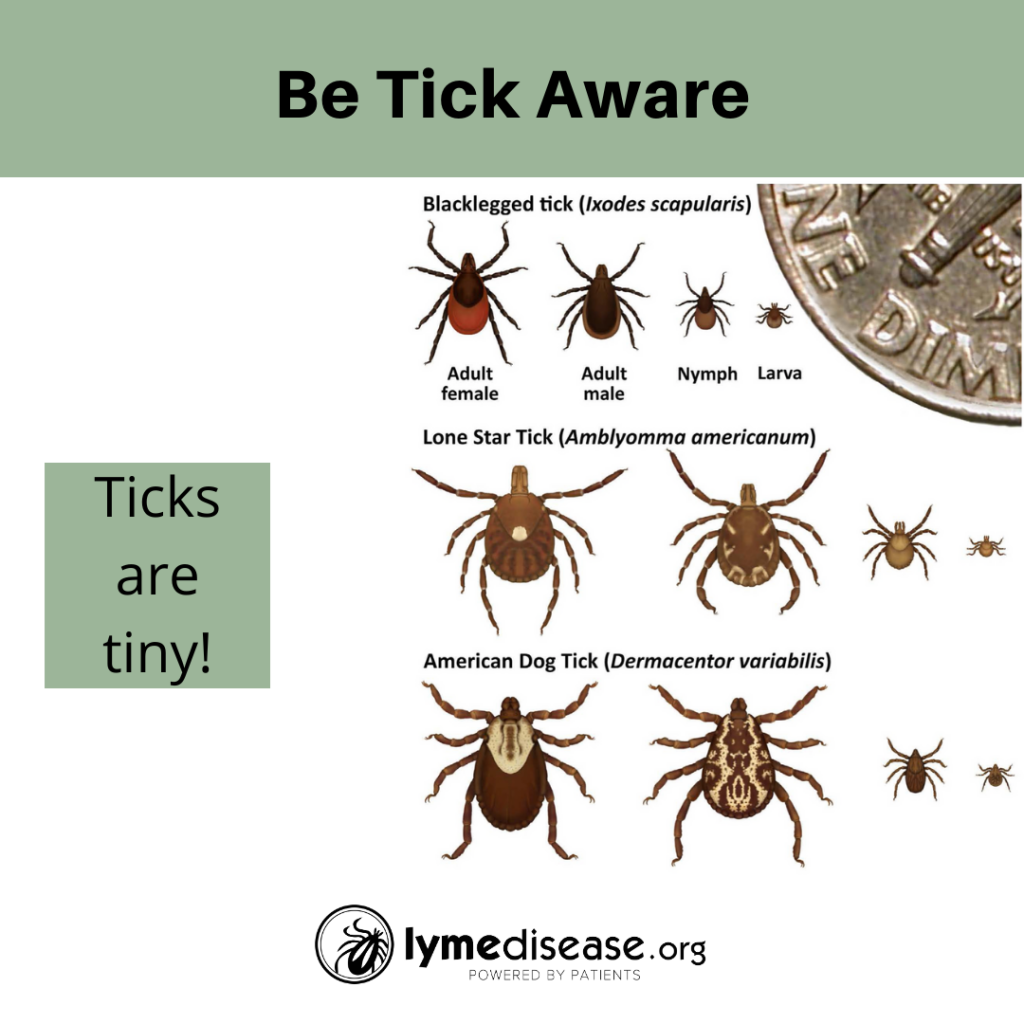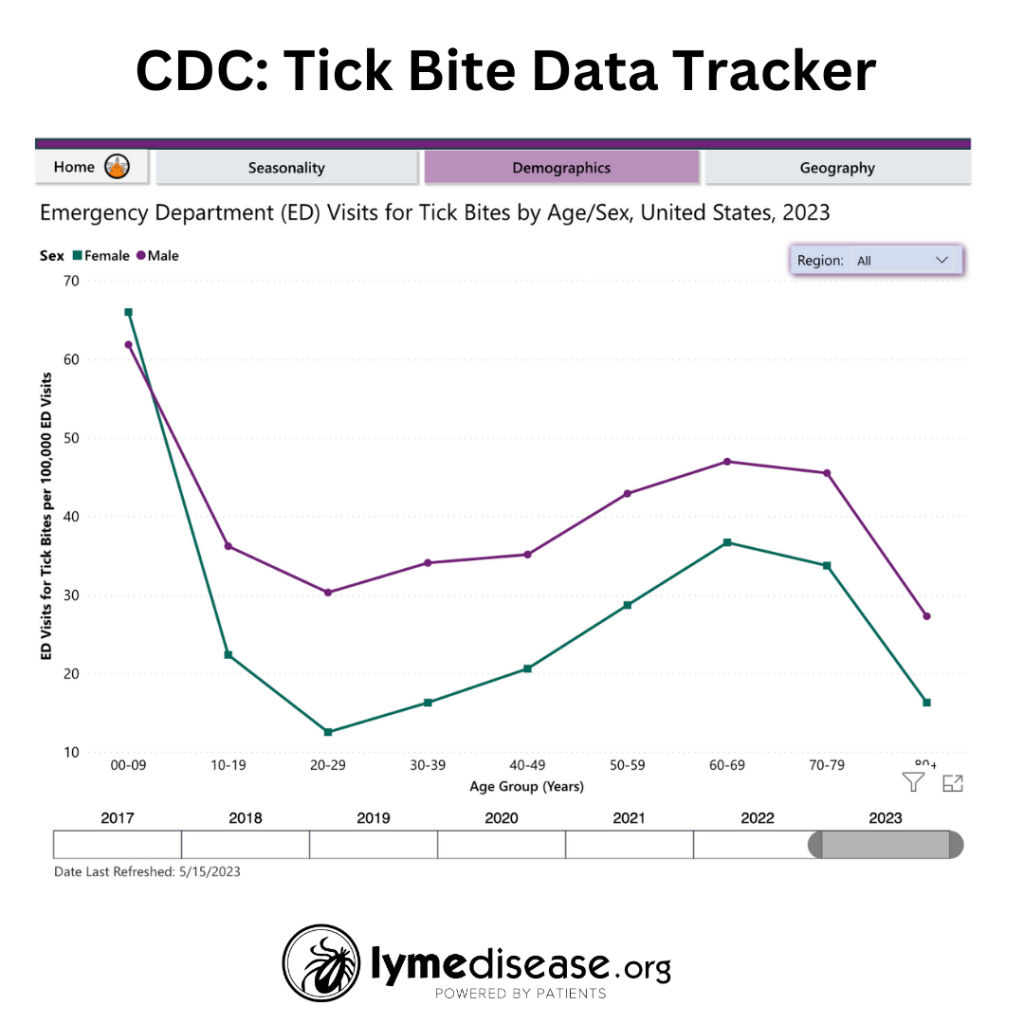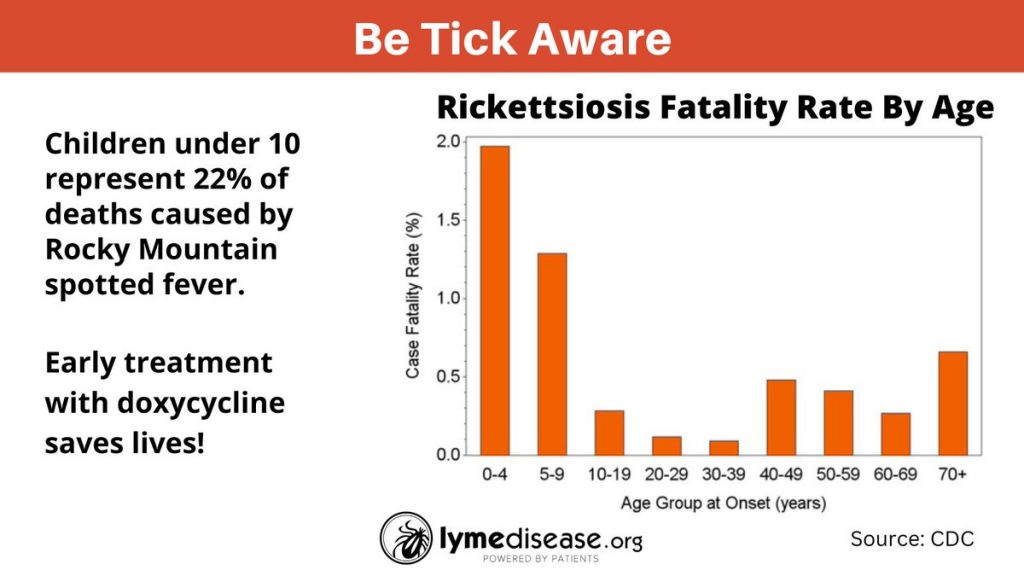Children have highest incidence of Lyme disease in US

According to the CDC’s new Tick Bite Data Tracker, children have the highest incidence of Lyme disease in the United States.
Children are particularly vulnerable to tick bites because they often play in areas where ticks are prevalent, such as grassy or wooded areas, fields, and parks. Children also play with pets who are also prone to ticks and can easily transport them into the home.
Most people get Lyme disease from the bite of the nymphal (immature) form of the blacklegged tick. For reference, nymphs are about the size of a poppy seed.
Because ticks are tiny and their bite is painless, children are less likely to notice or report a tick bite. This can lead to ticks remaining attached for longer periods of time. Nymphs are known to transmit Lyme disease in as few as 12 hours. Other tick-borne diseases such as Powassan virus can be transmitted within 15 minutes.
According to the CDC, between the years 1992 to 2016, children aged 5-9 were most frequently and consistently affected by Lyme disease. Children between the ages of 10 and 14 had the second-highest incidence. The shifting peak we see in the older age group is likely attributed to the baby boom population. (Kugeler et al, 2022)
While the Tick Bite Data Tracker age/sex statistics may change by the end of the year, the visual of the May 2023 peak is really quite astonishing!
Tick-borne diseases can cause a range of symptoms, including fever, rash, fatigue, and joint pain. Since children have a harder time explaining how they feel, they may just come across as cranky or irritable. They may also have disrupted sleep, vivid nightmares, difficulty in school or simply not feel like doing any of their favorite activities.
If left untreated, some tick-borne illnesses can lead to serious life-threatening complications. Untreated Rocky Mountain spotted fever is the deadliest tickborne infection for children.
According to the CDC, doxycycline is the most effective antibiotic for the treatment of suspected rickettsial infections, including Rocky Mountain spotted fever (RMSF).
Studies have found that doxycycline is safe and is recommended in patients of all ages, including children <8 years with suspected Lyme disease, anaplasmosis and all rickettsial infections.
To reduce the risk of tick bites in children, it is important to:
- Use insect repellent on exposed skin and clothing
- Treat children’s shoes and socks with permethrin
- Dress them in long pants, long sleeves, and tuck pants into socks.
- Educate children about the risks of tick bites and how to avoid areas where ticks are commonly found.
- When hiking, stay on the trail and away from thickly wooded or grassy areas.
- Have children shower after spending time outdoors.
- Check children and pets for ticks daily.
If you find a tick on your child, remove it immediately using fine-tipped tweezers. Save the tick in a zip lock bag and consider submitting for identification and/or sending in for testing.
The bite area should be cleaned with rubbing alcohol or soap and water. Monitor the child for symptoms of tick-borne illness. If any symptoms develop, seek immediate medical attention.
It’s important to note that no state is completely free of ticks or tick-borne diseases. If you and your family spend time outdoors, you should always take precautions to reduce your risk of tick bites and tick-borne illness.
LymeSci is written by Lonnie Marcum, a Licensed Physical Therapist and mother of a daughter with Lyme. She served two terms on a subcommittee of the federal Tick-Borne Disease Working Group. Follow her on Twitter: @LonnieRhea Email her at: lmarcum@lymedisease.org.
Resources
What to do if bitten by a tick
How to protect your dog from tick bites
Resources to help figure out your next move
References
Kugeler KJ, Mead PS, Schwartz AM, Hinckley AF. Changing Trends in Age and Sex Distributions of Lyme Disease-United States, 1992-2016. Public Health Rep. 2022 Jul-Aug;137(4):655-659. doi: 10.1177/00333549211026777. Epub 2021 Jun 29. PMID: 34185610; PMCID: PMC9257499.
National Syndromic Surveillance Program (NSSP)
Centers for Disease Control and Prevention (CDC)
National Center for Emerging and Zoonotic Infectious Diseases (NCEZID)
Division of Vector-Borne Diseases (DVBD)























We invite you to comment on our Facebook page.
Visit LymeDisease.org Facebook Page